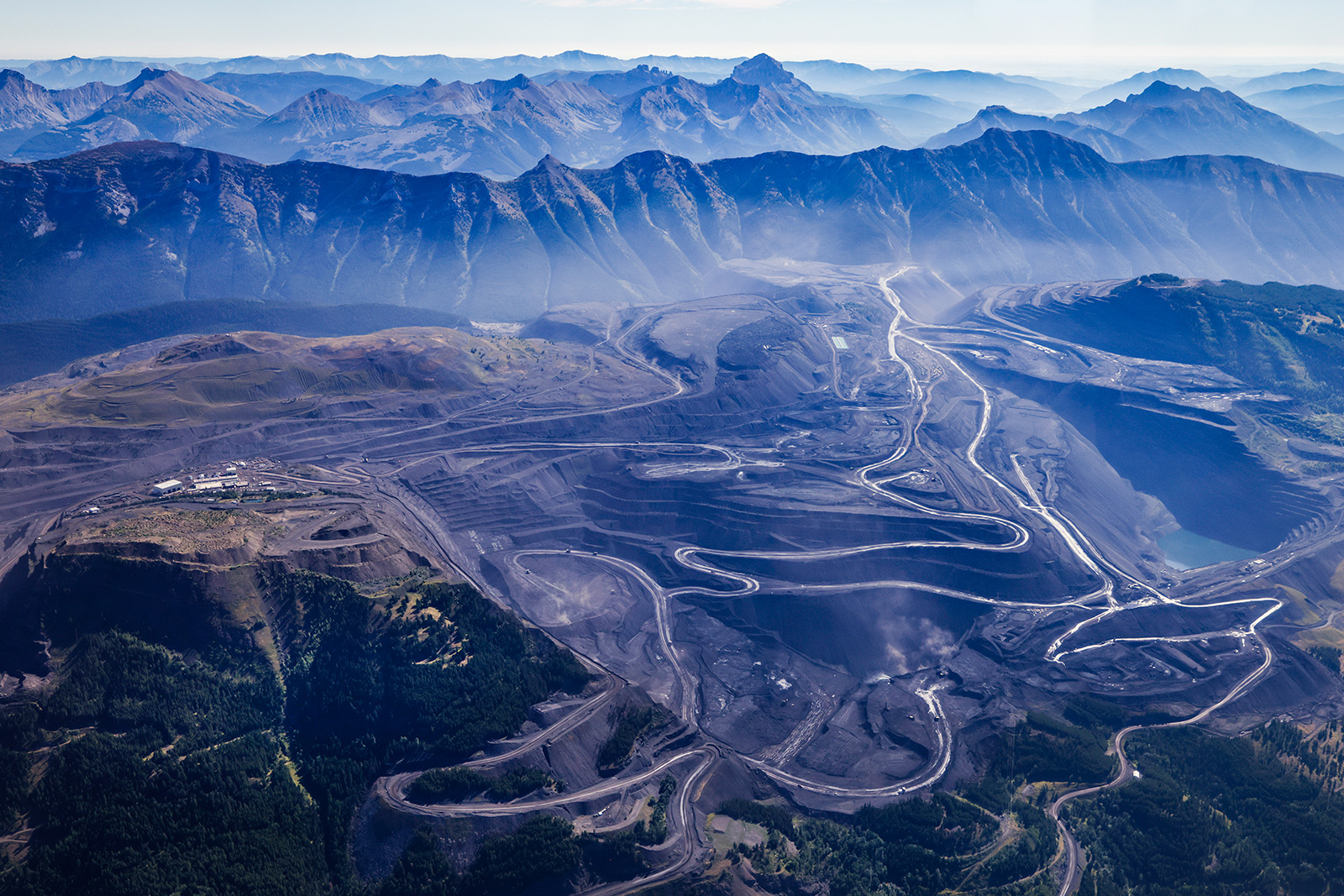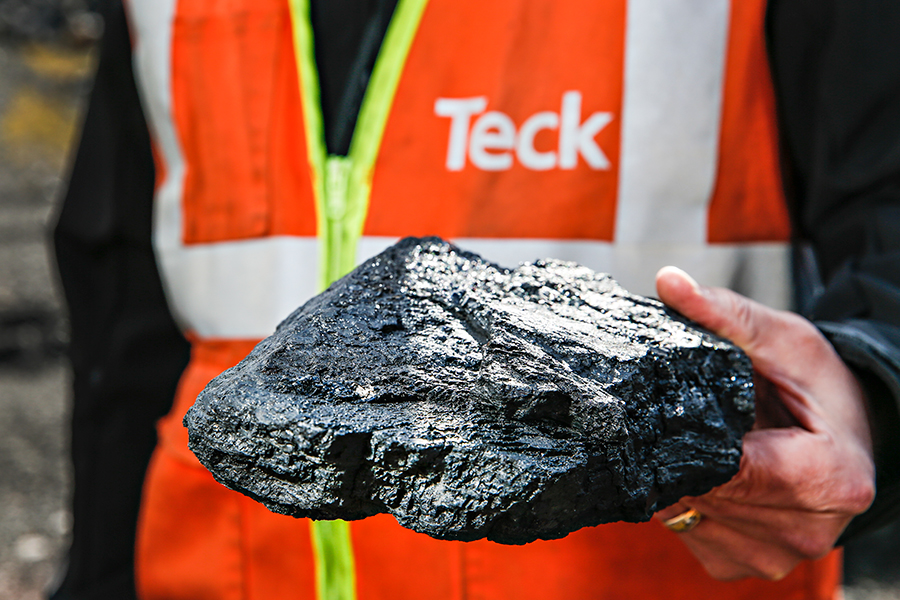Montana DOJ Denies Access to ‘Privileged Communications’ with Canadian Coal Company
A conservation group is embroiled in litigation to defend the state’s selenium standard at the U.S.-Canada border against attempts by the Justice Department to rescind it; AG Knudsen accuses conservation group of “weaponization” of open records act
By Tristan Scott
As the Montana Department of Environmental Quality (DEQ) seeks to defend the state’s water quality standard for pollutants at the U.S.-Canada border — a standard that both the state’s Board of Environmental Review (BER) and Department of Justice (DOJ) are trying to rescind in favor of a more permissive value — a conservation group last week filed a lawsuit accusing the DOJ of refusing to turn over communications with the Canadian coal mining company responsible for contaminating the international watershed.
It’s the latest turn in a complex legal saga in which the warring factions include two state agencies, a governor-appointed board and a conservation group trying to learn why Montana’s top prosecutor is engaged in “privileged” communications with the mining company.
The Montana Environmental Information Center (MEIC) on April 16 filed the complaint against the DOJ for its refusal to hand over records detailing its correspondence with Teck Resources Limited, a multi-national mining company that has actively lobbied for a less restrictive standard since Montana adopted the current rule in late 2020. For decades, Teck has caused the release of mining contaminants, including a chemical byproduct called selenium, into tributaries of British Columbia’s (B.C.) Elk River, which joins Lake Koocanusa and the Kootenai River at the U.S.-Canada border.
In December 2020, after more than five years of analysis, a multitude of state, federal and tribal agencies on both sides of the border arrived at a protective water quality standard to safeguard fish species in the Koocanusa reservoir as well as the Kootenai River in Montana and Idaho, where selenium continues to be detected at elevated levels in fish tissue and egg ovary samples. Following BER approval 3.5 years ago, the DEQ forwarded the new water quality rule to the U.S. Environmental Protection Agency (EPA) for review. The federal agency approved it on Feb. 25, 2021.
Since the rule’s adoption, Teck has mounted an escalating campaign to overturn Montana’s standard on the grounds that it “is more stringent than the comparable federal guideline for selenium,” according to the company, a point the BER adopted as its central basis for asking the federal regulatory agency to invalidate it, according to a Dec. 9, 2022, letter proposed and drafted by Teck and sent with BER approval.
DEQ, the state regulatory agency, disagreed and filed a lawsuit against BER, the governor-appointed board that approved and adopted the standard in the first place; however, because the selenium rule was adopted under former Democrat Gov. Steve Bullock’s administration, several members have changed under Republican Gov. Greg Gianforte, with Teck ramping up pressure.
“The Board of Environmental Review writes to inform the EPA of a legal error in the Board’s previous rulemaking that purported to establish a site-specific water column standard for Lake Koocanusa. The legal error renders the standard invalid by operations of law for both state and federal purposes,” according to BER’s letter to the EPA.

Now, the MEIC has joined the DEQ’s lawsuit as an intervenor to defend the water quality standard, while also suing the DOJ in a separate suit to force the disclosure of 414 records as well as a “privilege log”; although the DOJ identified the records as falling within the scope of MEIC’s initial request, it now says those communications with Teck are protected under a “common interest privilege.”
“A common interest privilege between a government entity and a regulated, foreign corporation has never been found to exist in Montana,” according to MEIC Deputy Director Derf Johnson. The MEIC, Clark Fork Coalition, the Idaho Conservation League, and Idaho Rivers United have brought a separate lawsuit against the BER to defend the selenium standard in Koocanusa.
“Montana’s Department of Justice is responsible for upholding the rule of law and protecting Montanans, but in this case, it’s attempting to withhold the communications it has had with a foreign company that has polluted our water for decades,” Johnson said. “Not only are they failing to live up to their name and bring this corporation to justice, but they’re threatening those of us who are trying to do so in their stead. Even more alarming is that the DOJ is claiming it has a ‘common interest’ with Teck Coal, and so the documents can be concealed from public scrutiny.”
Chase Scheuer, press secretary for Attorney General Austin Knudsen and the Justice Department he oversees, wrote in a statement to the Beacon: “This is a weaponization of the Public Records Act by a special interest group seeking privileged communications between attorneys for the Department of Justice and Teck Coal in a case Montana Environmental Information Center (MEIC) is a party to — an unreasonable request. The plaintiffs filed the lawsuit despite attempts by our office to work out a reasonable compromise. We look forward to defending our position in court.”
The intensive multi-agency effort to establish a protective water quality standard at Lake Koocanusa goes back more than a decade, and included input from Teck, which participated for years in meetings among members of a binational working group and research committee.
In 2016, the EPA developed updated recommended national criteria for selenium at a value of 1.5 micrograms per liter for lakes and reservoirs and 3.1 micrograms per liter for rivers, while also suggesting that states use site-specific standards whenever appropriate and applicable.
In Montana, the DEQ opted to pursue a site-specific standard for Lake Koocanusa and the Kootenai River due to the sensitivity of its fish species and the increased loads of toxic chemicals bearing down on the waterway from Teck’s piles of waste rock in Canada. The state BER approved a site-specific standard, setting the new criteria at 0.8 micrograms of selenium per liter on the lake and maintained 3.1 micrograms per liter on the river.

As a result of selenium entering Lake Koocanusa from Teck’s B.C. mines, DEQ joined a binational working group that spent years developing the standard based on technical input from leading selenium experts in the U.S. and Canada. Officials with the state agency opposed Teck’s petition as an intervenor and say the department complied with a statute allowing it to “adopt rules that are more stringent than comparable federal regulations.” DEQ completed the written findings necessary to support a more stringent than federal standard and held a public hearing and comment period for the written stringency findings.
“Overall, DEQ is proud of the scientific collaboration that is the basis of the site-specific selenium standard,” according to Moira Davin, a DEQ spokesperson. “DEQ did extensive stakeholder outreach leading up to the rulemaking, including numerous public meetings in Libby, Eureka, Troy, and Kalispell.”
Last month, federal governments in Canada and the U.S. agreed to ask the International Joint Commission (IJC) to study and take steps to mitigate the inflow of mining contaminants to the binational watershed through a joint reference. The agreement to carry out certain actions are outlined in the reference letters and attachments addressing the impacts of transboundary water pollution in the Elk-Kootenai watershed, and the process includes participation by tribal and First Nation governments in Montana, Idaho and B.C.
“These actions include assisting in the establishment of a collaborative governance body that will, among other things, develop and report on an action plan to reduce and mitigate the impacts of water pollution in the Kootenai watershed in order to protect the people and species that depend on this vital river system,” according to the IJC’s announcement activating the reference.